YOX1 / YML027W Overview
- Standard Name
- YOX1 1
- Systematic Name
- YML027W
- SGD ID
- SGD:S000004489
- Feature Type
- ORF , Verified
- Description
- Homeobox transcriptional repressor; binds to Mcm1p and to early cell cycle boxes (ECBs) in the promoters of cell cycle-regulated genes expressed in M/G1 phase; expression is cell cycle-regulated; phosphorylated by Cdc28p; relocalizes from nucleus to cytoplasm upon DNA replication stress; YOX1 has a paralog, YHP1, that arose from the whole genome duplication 1 2 3 4 5
- Name Description
- Yeast homeobOX 1
- Paralog
- YHP1 4
- Comparative Info
-
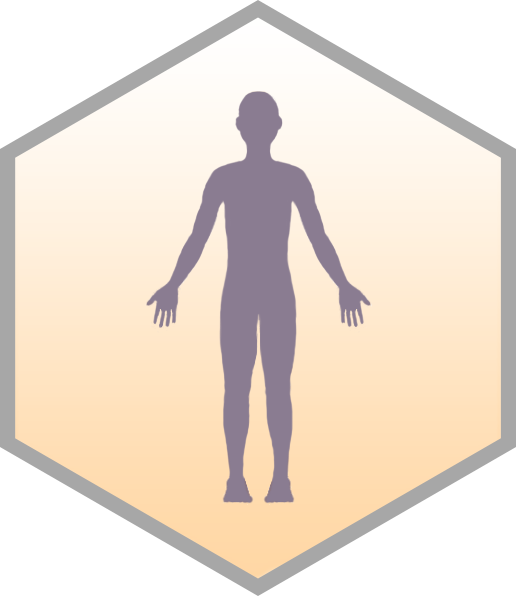
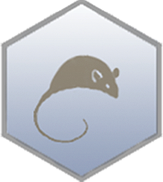
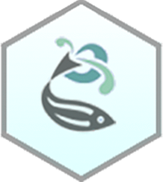
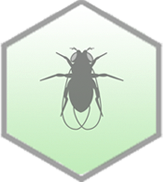
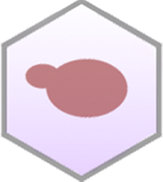
Sequence
The S. cerevisiae Reference Genome sequence is derived from laboratory strain S288C. Download DNA or protein sequence, view genomic context and coordinates. Click "Sequence Details" to view all sequence information for this locus, including that for other strains.
- Summary
- YOX1/YML027W is located on the left arm of chromosome XIII near the centromere and between TSA1 thioredoxin peroxidase and small ribosomal subunit RPS18B; coding sequence is 1158 nucleotides long with 6 SNPs, one of which causes a Lys/Arg polymorphism at residue 138; YOX1 has a paralog, YHP1, that arose from the whole genome duplication
Analyze Sequence
S288C only
BLASTN | BLASTP | Design Primers | Restriction Fragment Map | Restriction Fragment Sizes | Six-Frame Translation
S288C vs. other species
BLASTN vs. fungi | BLASTP at NCBI | BLASTP vs. fungi
S288C vs. other strains
Protein
Basic sequence-derived (length, molecular weight, isoelectric point) and experimentally-determined (median abundance, median absolute deviation) protein information. Click "Protein Details" for further information about the protein such as half-life, abundance, domains, domains shared with other proteins, protein sequence retrieval for various strains, physico-chemical properties, protein modification sites, and external identifiers for the protein.
- Summary
- Yox1p is 385 amino acids long, low in abundance; acetylated on K336, phosphorylated on 20 residues; relocalizes from nucleus to cytoplasm upon DNA replication stress
- Length (a.a.)
- 385
- Mol. Weight (Da)
- 42769.3
- Isoelectric Point
- 11.07
- Median Abundance (molecules/cell)
- 1402 +/- 263
Alleles
Curated mutant alleles for the specified gene, listed alphabetically. Click on the allele name to open the allele page. Click "SGD search" to view all alleles in search results.
View all YOX1 alleles in SGD search
Gene Ontology
GO Annotations consist of four mandatory components: a gene product, a term from one of the three Gene Ontology (GO) controlled vocabularies (Molecular Function, Biological Process, and Cellular Component), a reference, and an evidence code. SGD has manually curated and high-throughput GO Annotations, both derived from the literature, as well as computational, or predicted, annotations. Click "Gene Ontology Details" to view all GO information and evidence for this locus as well as biological processes it shares with other genes.
- Summary
- DNA-binding transcriptional repressor of transcription involved in G1/S transition of mitotic cell cycle; relocalizes from nucleus to cytoplasm upon DNA replication stress
View computational annotations
Molecular Function
- Manually Curated
Biological Process
- Manually Curated
- involved in G1/S transition of mitotic cell cycle (IMP, IGI)
- involved in negative regulation of transcription by RNA polymerase II (IGI, IMP)
Phenotype
Phenotype annotations for a gene are curated single mutant phenotypes that require an observable (e.g., "cell shape"), a qualifier (e.g., "abnormal"), a mutant type (e.g., null), strain background, and a reference. In addition, annotations are classified as classical genetics or high-throughput (e.g., large scale survey, systematic mutation set). Whenever possible, allele information and additional details are provided. Click "Phenotype Details" to view all phenotype annotations and evidence for this locus as well as phenotypes it shares with other genes.
- Summary
- Non-essential gene in reference strain S288C; haploid null mutants exhibit abnormal vacuolar morphology, and impaired respiratory metabolism, competitive fitness and filamentous growth; heterozygous diploid nulls are sensitive to starvation; overexpression impairs growth, cell cycle progression, and chromosome stability
Classical Genetics
- null
- overexpression
Large-scale Survey
Interaction
Interaction annotations are curated by BioGRID and include physical or genetic interactions observed between at least two genes. An interaction annotation is composed of the interaction type, name of the interactor, assay type (e.g., Two-Hybrid), annotation type (e.g., manual or high-throughput), and a reference, as well as other experimental details. Click "Interaction Details" to view all interaction annotations and evidence for this locus, including an interaction visualization.
- Summary
- Yox1p interacts physically with proteins involved in transcription; YOX1 interacts genetically with genes involved in mitotic cell cycle; the yox1 null mutant is viable, the null mutant of paralog yhp1 is viable, the yox1 yhp1 double mutant has not been annotated for phenotype
112 total interactions for 89 unique genes
Physical Interactions
- Affinity Capture-MS: 3
- Affinity Capture-RNA: 10
- Affinity Capture-Western: 2
- Biochemical Activity: 4
- Co-purification: 1
- Protein-RNA: 1
- Reconstituted Complex: 7
Genetic Interactions
- Dosage Growth Defect: 2
- Dosage Rescue: 2
- Negative Genetic: 62
- Phenotypic Enhancement: 2
- Positive Genetic: 10
- Synthetic Growth Defect: 1
- Synthetic Rescue: 5
Regulation
The number of putative Regulators (genes that regulate it) and Targets (genes it regulates) for the given locus, based on experimental evidence. This evidence includes data generated through high-throughput techniques. Click "Regulation Details" to view all regulation annotations, shared GO enrichment among regulation Targets, and a regulator/target diagram for the locus.
- Summary
- YOX1 encodes a helix-turn-helix transcriptional repressor of the homeodomain family. Yox1p restricts transcription of genes containing early cell cycle boxes (ECBs) to M-G1 phase. Yox1p is an ancillary transcription factor that binds alongside Mcm1p on promoters. Examples include important cell cycle genes such as SWI4 and CLN3, themselves rate-limiting for cell cycle progression, and essential for the control of subsequent waves of gene expression at G1-S. Yox1p binds upstream of genes involved in spindle function, DNA synthesis and repair, and also associates with a small portion of intergenic regions adjacent to tRNA genes. Removal of Yox1p from promoters allows gene expression at M-G1. YOX1 is under transcriptional regulation by SBF, and Mcm1p controls the expression of SWI4 which encodes a component of SBF, thereby setting up a negative feedback loop. The transcription of the CDC20 APC (anaphase promoting complex) activator is repressed by Yox1p and kept very low during S phase. Upon mitotic onset, Yox1p abundance declines and the CDC20 gene is actively transcribed. Cdc28p negatively regulates YOX1 transcription, thereby keeping intracellular levels of Yox1p low, and promoting the transcription of CDC20. Yox1p is an unstable protein, so that suppression of its transcription results in rapid reduction of intracellular protein levels.
Expression
Expression data are derived from records contained in the Gene Expression Omnibus (GEO), and are first log2 transformed and normalized. Referenced datasets may contain one or more condition(s), and as a result there may be a greater number of conditions than datasets represented in a single clickable histogram bar. The histogram division at 0.0 separates the down-regulated (green) conditions and datasets from those that are up-regulated (red). Click "Expression Details" to view all expression annotations and details for this locus, including a visualization of genes that share a similar expression pattern.
Summary Paragraph
A summary of the locus, written by SGD Biocurators following a thorough review of the literature. Links to gene names and curated GO terms are included within the Summary Paragraphs.
Last Updated: 2024-06-24
Literature
All manually curated literature for the specified gene, organized into topics according to their relevance to the gene (Primary Literature, Additional Literature, or Review). Click "Literature Details" to view all literature information for this locus, including shared literature between genes.